Ramón Esteve plays with proportions and creates Santa Apolonia, a house with multiple perspectives
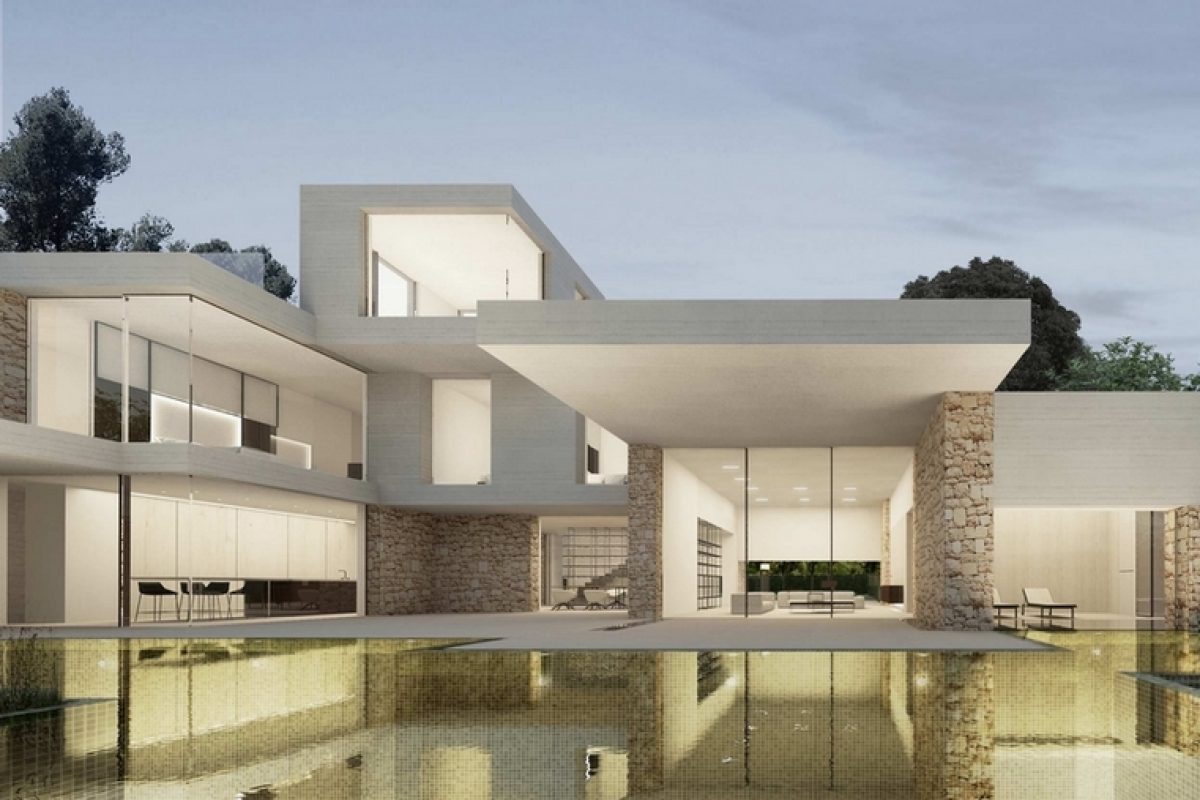
Ramón Esteve Cambra is a renowned architect and designer, founder and director of his studio Ramón Esteve Estudio since 1991. His work has been recognized with a multitude of national and international awards. Ramón Esteve has recently developed a new project, still under construction. To carry out the development of this residential project, Esteve has collaborated with the architects Estefanía Pérez, Jacobo Mompó, Anna Boscà and María Parra.
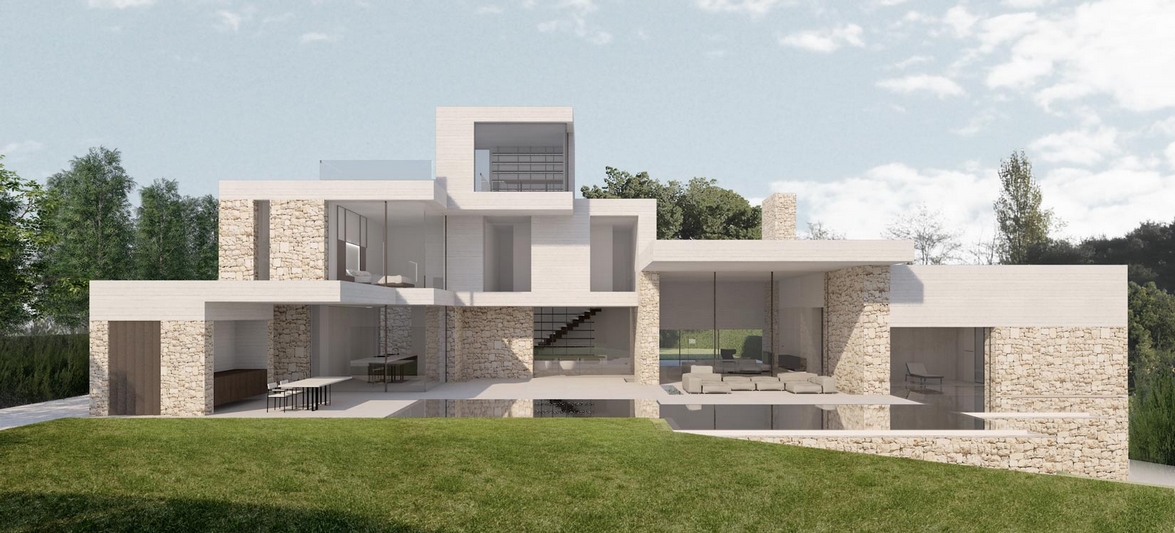
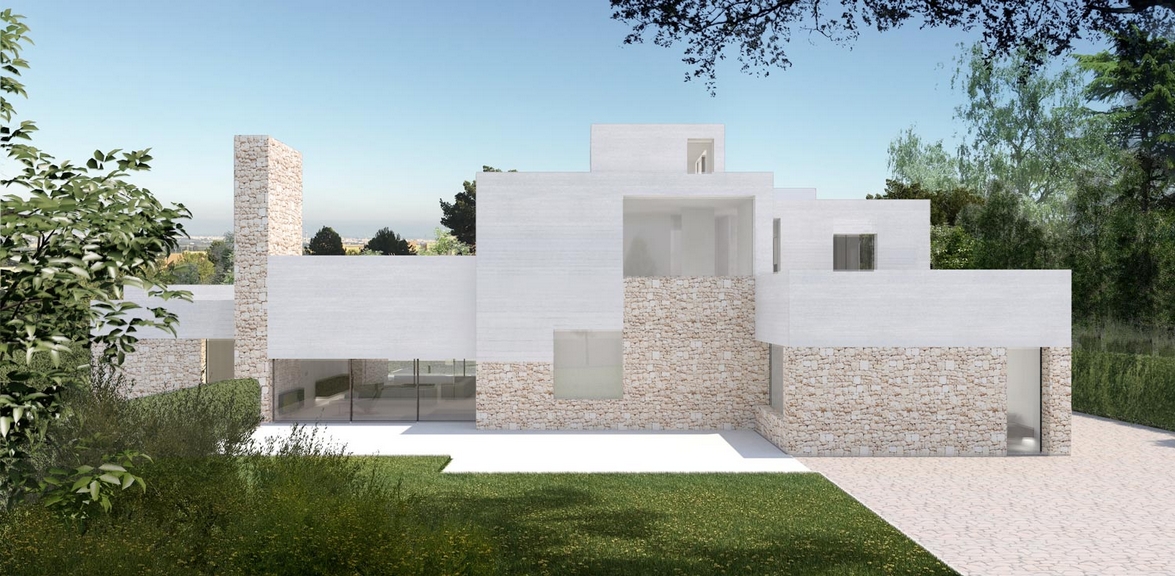

Located in the city of Torrent, next to Valencia, Santa Apolonia House starts from some difficult geometry and constraints, particularly the narrow façade available on the plot. Its design is based on the breaking of the volume of the house and the generation of several pieces that seek to suit those initial handicaps.

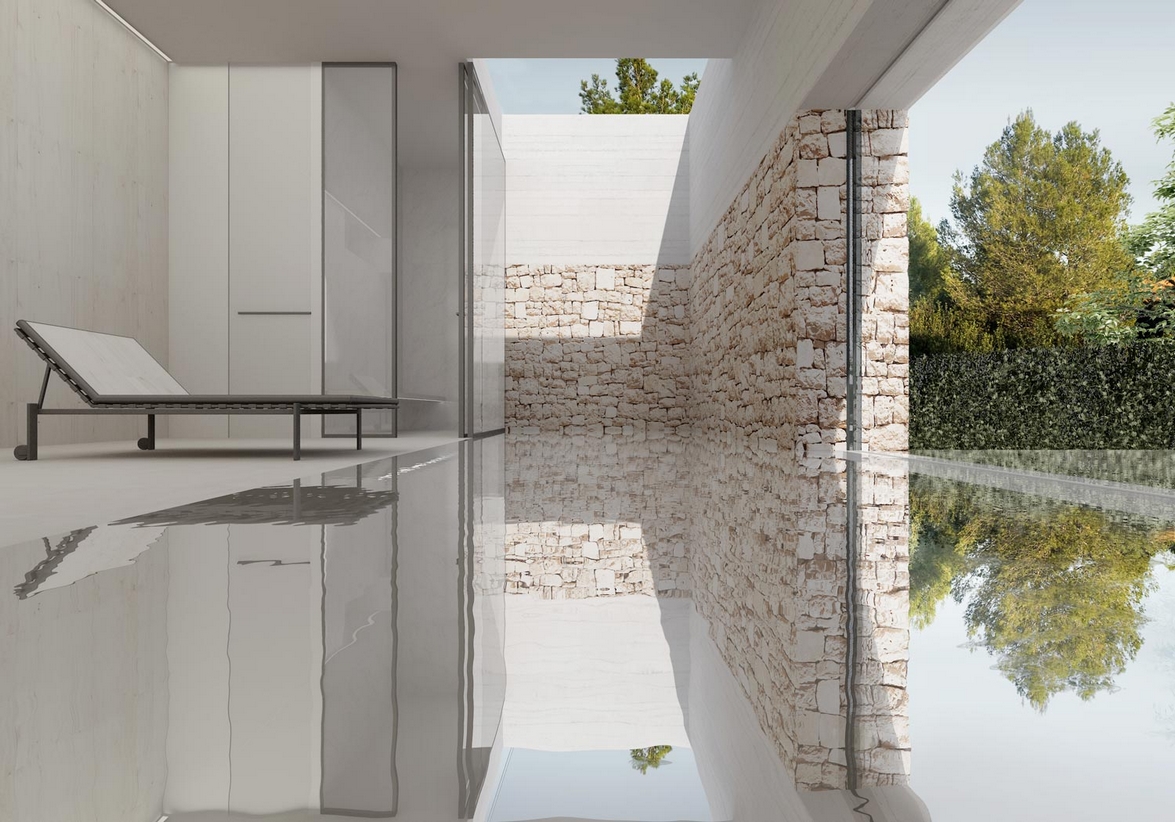
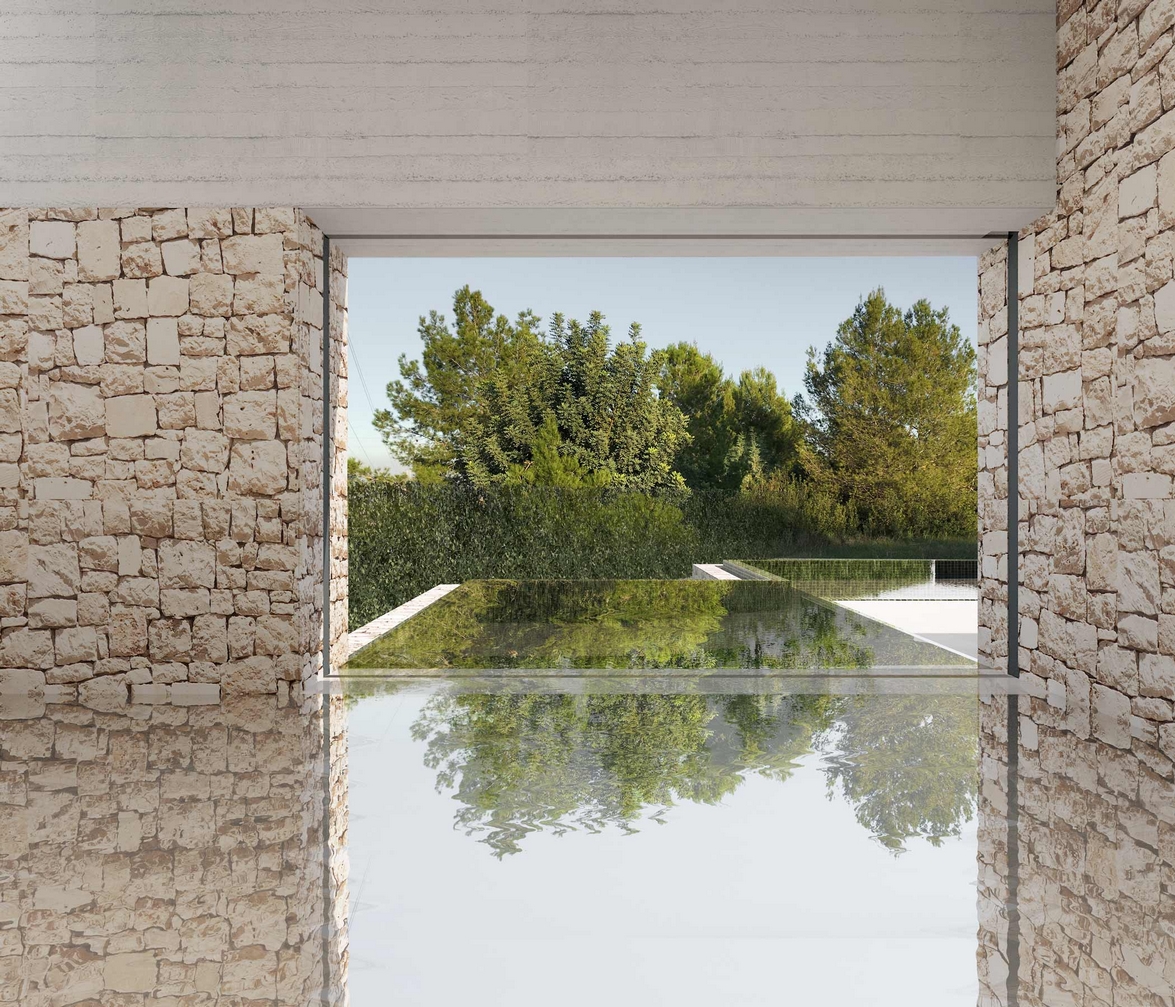
The house recalls the local vernacular architecture by adapting the stone plinths of the nearby dwellings. The different pieces of the house have a stonework plinth that is higher or lower depending on the proportions of the piece and its openings.



Each piece protrudes out of the attached one in order to articulate a layout that try to generate different views of the garden and set spatial and visual links between them. Their height depends on the use of the room that they host. The set is topped by a lookout piece that opens to the distant views of the city.
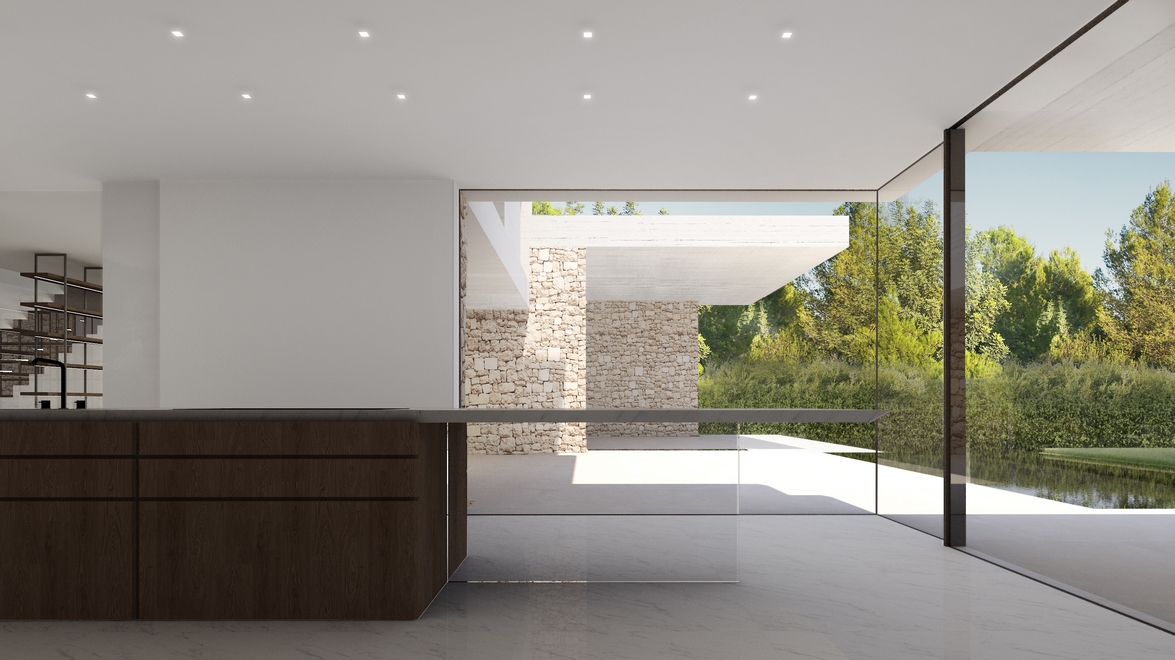
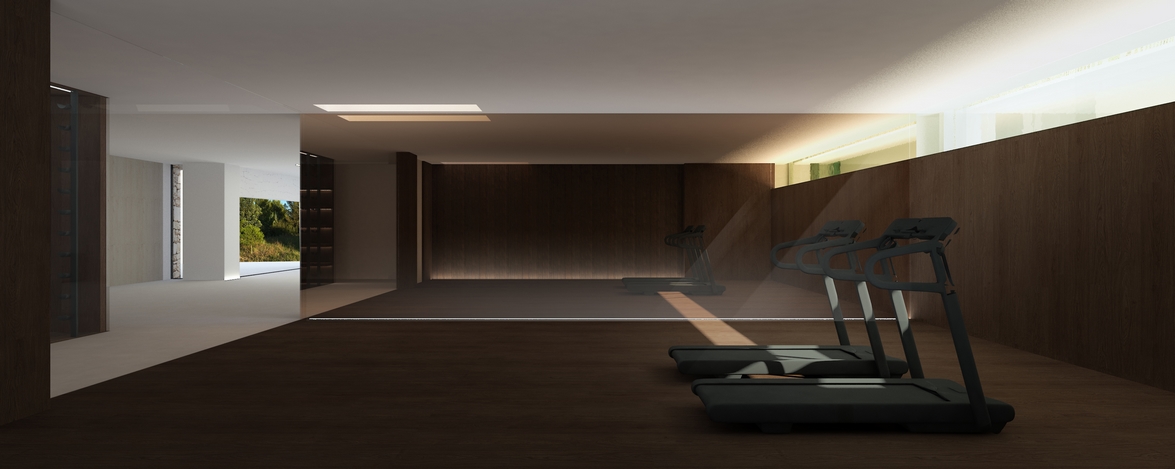

A fluid and varying interior is generated by this play on composition, thus providing a different perception of each room caused by the variation of the proportions of the pieces and openings. The openings are sized and placed according to the sights that they aim to, while the façades are thoroughly designed for creating a balanced composition that integrates these various openings and the duality of materials. The stone plinth is topped by a white concrete trim, casted in such a way that the two materials form an expressive, complementary set that provides the house with a strong tectonic character.

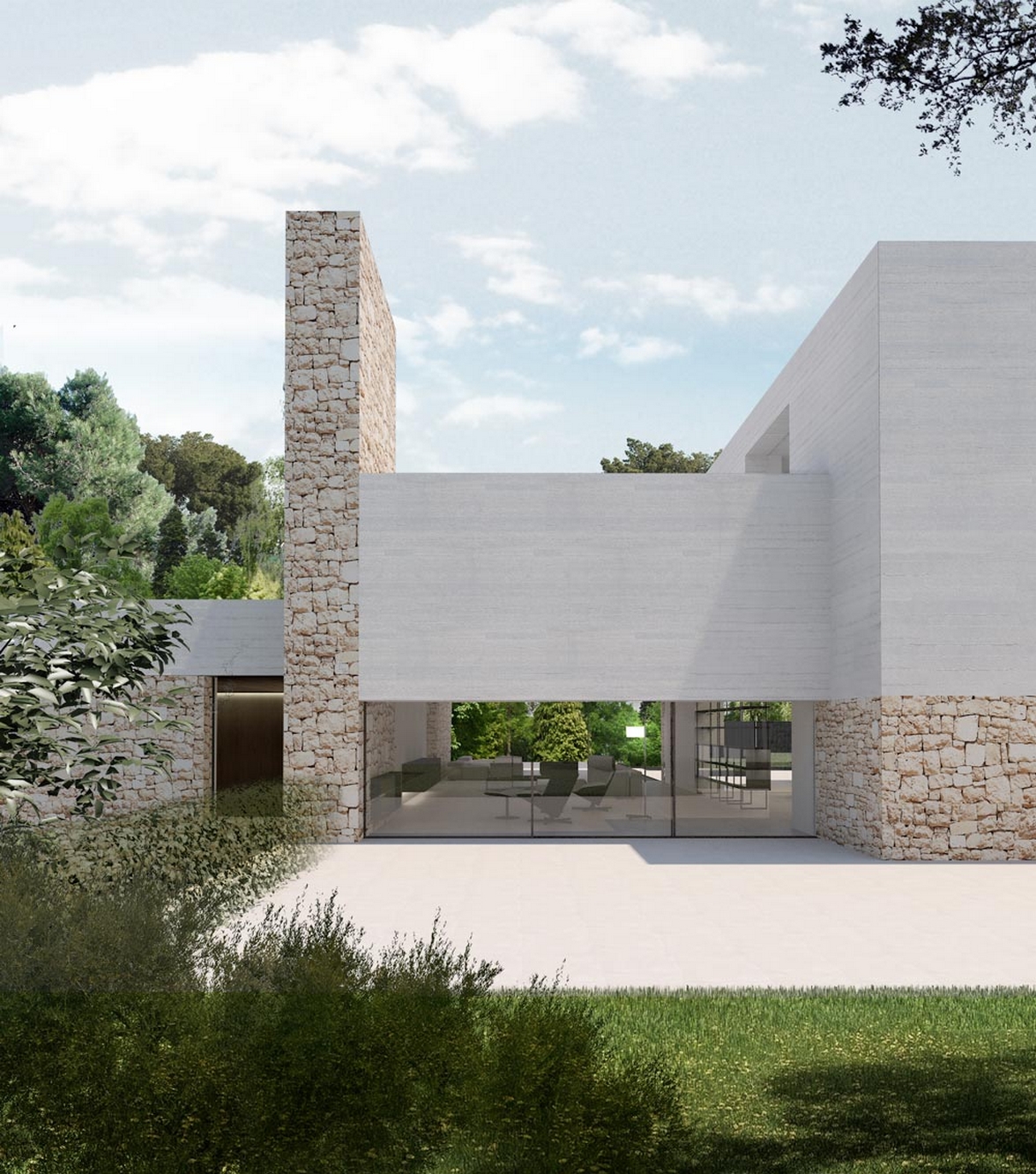
We access the house through the setback between two of the pieces. The ground floor opens to both sides of the plot, while the pool area is more open and passable. On the other side, the views of the back garden are more controlled and enclosed. The ground floor hosts the rooms for daily use as kitchen, dining room and double-height living room, to which are attached a guests’ pavilion, a cinema room and an indoor pool. The bedrooms and the lookout, dedicated to studio area, are hosted by the first floor.
Water is an important element here, thus linking the indoor and outdoor pool with the rooms. A sliding window that is hidden by a wall when it is opened becomes the link between them, thus enhancing their continuity. The slot on the swimming pool allows the access of natural light to the basement and projects the reflections on the water.
Source: Ramón Esteve Estudio
Read more news related with Ramon Esteve published on Infurma
News Infurma:
Online Magazine of the International Habitat Portal. Design, Contract, Interior Design, Furniture, Lighting and Decoration
